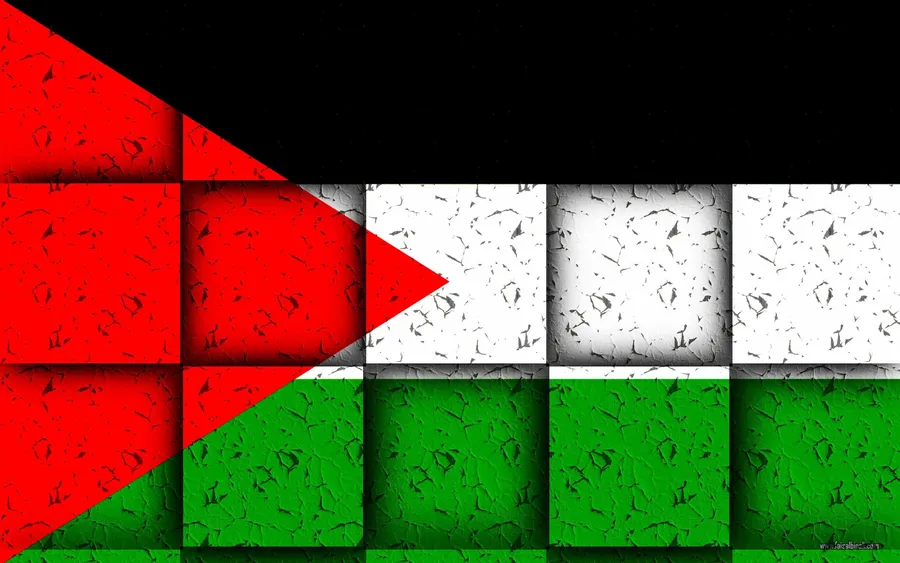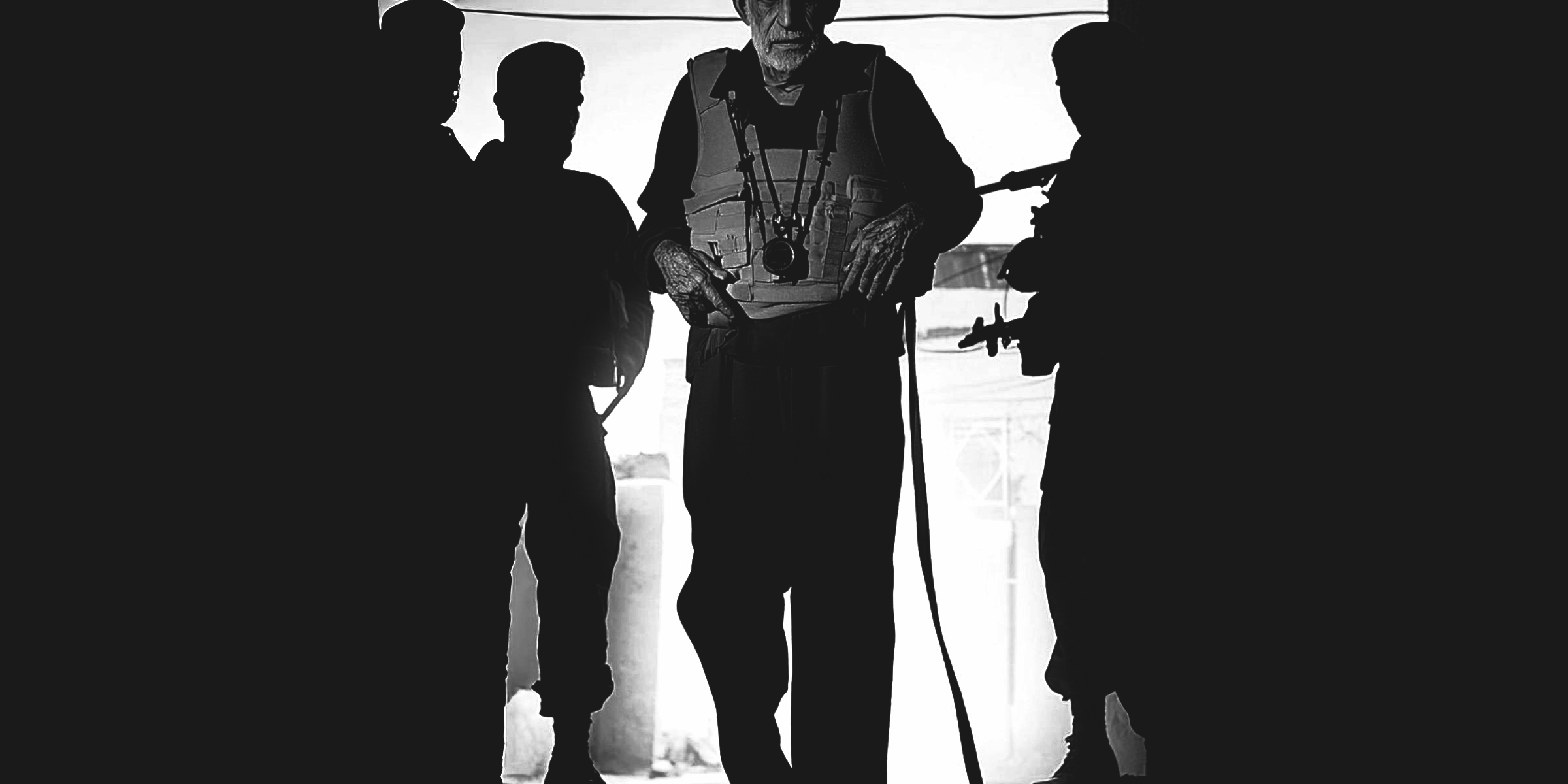A senior officer in Battalion 50 of the Nahal Brigade tied a strip made of explosive cord to the neck of an elderly Palestinian man in his 80s and forced him to serve as a human shield, while threatening to blow his head off. The unusual incident occurred during an activity of the battalion in the Zeitoun neighborhood of Gaza City in May, according to information that reached The Hottest Place in Hell
The incident occurred during activity of Division 99 in the Gaza City area, in which a force from the Nahal Brigade operated with the Carmeli Brigade and the Multidimensional Unit in the Zeitoun neighborhood. Fighters who were with the force at the time of the incident spoke to The Hottest Place in Hell and said that in one of the houses in the neighborhood that the force cleared, there was a couple of elderly Palestinian octogenarians. “They said they had nowhere to run, and that they couldn’t evacuate to Khan Younis. The man walked with a cane and they said they simply wouldn’t be able to walk all the way there,” explains one of them.
“They explained to him that if he did something wrong, the person behind him would pull the rope and his head would be severed from his body. This is how he walked around with us for eight hours, knowing that there was a soldier behind him who could pull the rope at any moment - and he was finished.”
According to testimonies, the two spoke with several Arabic-speaking fighters and explained that their children had left or fled, and that out of desperation, they were forced to stay in their home. “At that stage,” says another fighter, “the command decided to use them as ‘mosquitoes.’” The nickname “mosquitoes,” according to CNN, comes from the name “Mosquito Procedure.” As published in Haaretz and in The Hottest Place in Hell, as part of this procedure, IDF soldiers force Palestinian civilians in the combat zone to serve as human shields under the threat of weapons.
According to the fighters, this time the use of the mosquito procedure was “different than usual.” The commanders decided to leave the woman at home under the supervision of several soldiers, while the man walked with his cane at the head of the force, in front of the soldiers. “He entered each of the houses before us, so that if there were weapons (means of combat - A.F.) or a terrorist in it - it would be activated on him, and not on us. The woman didn’t quite understand what was happening. They told her they were taking him to the attack and then bringing him back.”
Before they started moving between the houses, one of the fighters says, the officer, the deputy commander of the battalion, took a thunder cord (a demolition cord used to connect charges and explosives), connected it to an initiating detonator and tied it to the old man’s neck as a strap “so that he wouldn’t escape,” said one of the fighters, “even though he walks with a cane. They explained to him that if he did something wrong or not as we wanted, the person behind him would pull the rope and his head would be severed from his body. This is how he walked around with us for eight hours, even though he is a person of 80 years old and even though he could not escape us. And this, knowing that there is a soldier behind him who, at any moment, can pull the rope - and he is finished.”
Finally, the fighters ordered the elderly couple to evacuate on foot to the humanitarian area, but did not update the forces in the nearby sector about an elderly couple about to cross the area. “After a hundred meters, the second battalion saw them and shot them on the spot. That’s how they died, in the street.”
After long hours of activity, the fighters returned the old man to his home, and ordered the elderly couple to evacuate on foot southwards, towards the humanitarian area. The testimony reveals that the soldiers of Battalion 50 did not update the forces in the nearby sector about an elderly couple about to cross the area on foot. “After a hundred meters, the second battalion saw them and shot them on the spot. That’s how they died, in the street.” As also emerges from additional testimonies that reached the system The Hottest Place in Hell, the IDF’s rules of engagement for the Gaza Strip stipulate, in a particularly unusual way, that anyone moving in the area after the evacuation date of a particular area has ended is considered a terrorist. Even when it comes to a couple of elderly people over 80 years old.
###The IDF Denies - The Procedure Exists
Last month we revealed another case of the use of the mosquito procedure, which also occurred in the Nahal Brigade. According to the report by Revital Hovel, a Palestinian who served Battalion 931 and received permission to stay with the soldiers in a building, was shot dead by a commander who had not been informed of this. In response to the publication, the IDF spokesman stated that the incident had been investigated and that “lessons had been learned.”
The use of an explosive strip as part of the mosquito procedure, which the fighter spoke about, is extremely unusual. The official IDF strongly denies the routine use of the mosquito procedure in the fighting in the Gaza Strip, but according to testimonies, this is not the case. “It’s a procedure that has become a permanent way in the army,” say with force the fighters we spoke with. As for the explosive belt, the fighters say that this is a particularly unusual event. “It may be that they did it in other places, but it was an extreme case.”
In response to the investigation by “Haaretz” in August that revealed the phenomenon, the IDF spokesman said that “IDF instructions and orders prohibit the activation of Gazan civilians captured in the field for military missions that constitute a deliberate risk to their lives. IDF instructions and orders on the matter have been clarified to the forces.” It seems that the same spirit is also blowing in practice on the ground, when the IDF turns a blind eye, removes responsibility - and places all the weight on the soldiers.
“The mosquito procedure is completely regulated, and it’s a very gray area within the army,” explains one of the fighters from the brigade. “It’s something from the level of the battalion commander and below. It comes down as a structured order, and somewhere at the level of the brigade commander, they completely deny it. When they start creating problems, they remove the responsibility to the bottom and say not to do it,” he says, and goes on to describe the military cover-up mechanism. “Some of the people said they didn’t do it and that they were forced, but then the IDF on its part says ‘we didn’t force, we said do what you want.’”
Besides the cover-up, in practice the IDF places the blame on the soldiers and exposes them to legal action abroad, as this is a procedure prohibited under international law. The use of civilians as human shields was also prohibited by the High Court of Justice during the Second Intifada in its version as a procedure. “As a simple soldier, you have no ability to influence or change the situation, and then you are guilty because you did it. Even when the investigations come out, there is no chance that the IDF will admit that this is the regulated order, but if you go to any fighter who fought in Gaza - there is not one who will tell you that it doesn’t happen. There is no battalion that can tell you, at least regular, that can tell you we didn’t use this thing.”
The IDF Spokesperson Said:
“An inquiry conducted based on the information provided in the request reveals that the incident is not known. If additional details are received, an additional examination will be conducted.”


